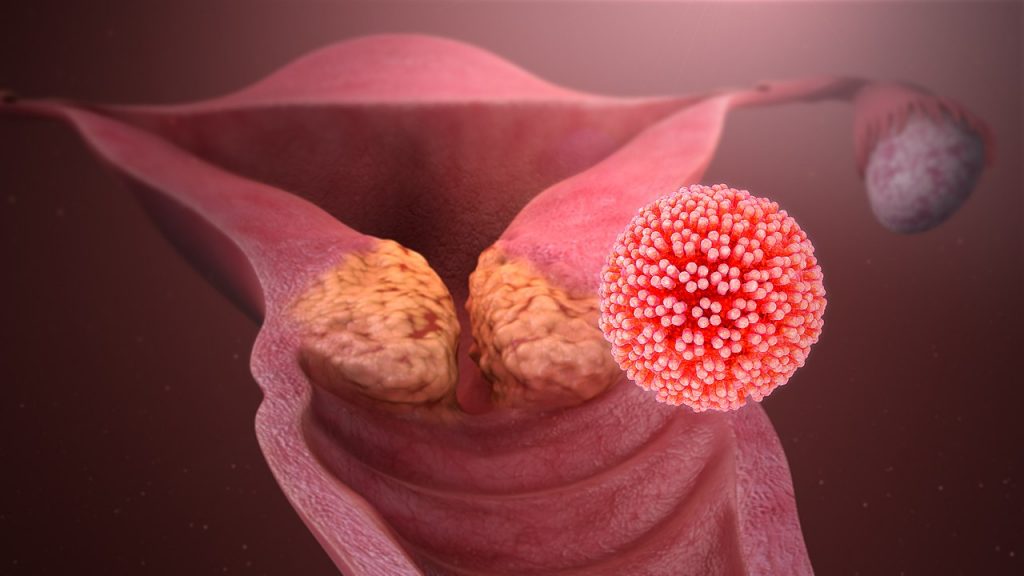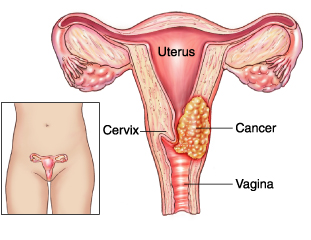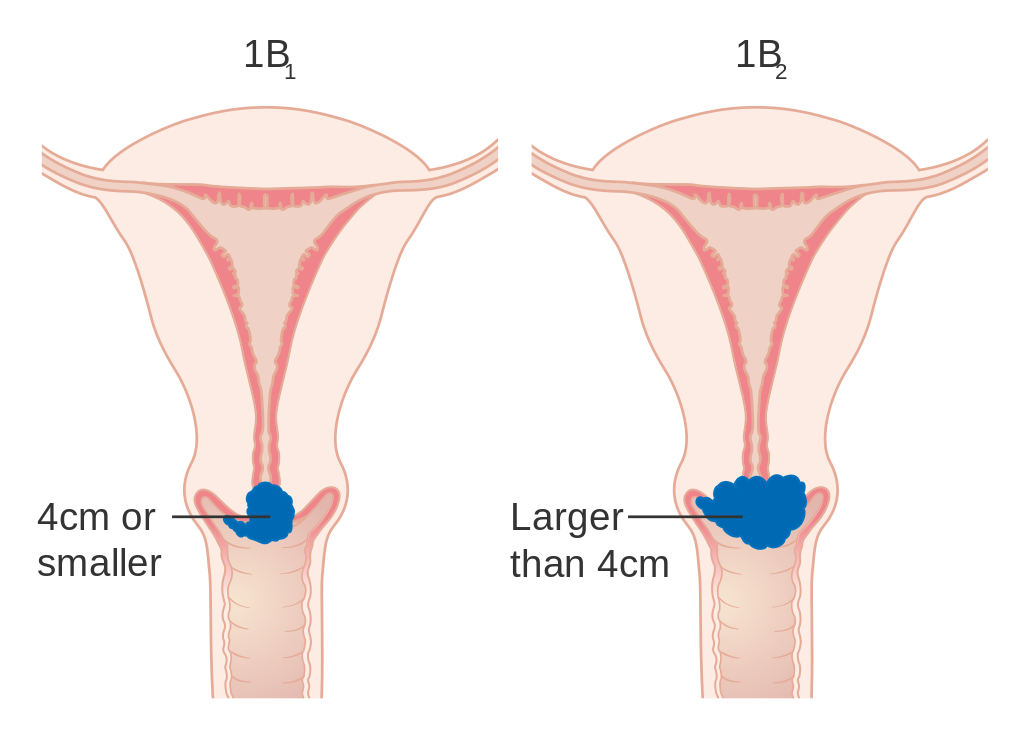
Cervical cancer is a major health concern for women in Nepal, with an estimated 4,000 new cases and 2,500 deaths occurring each year. It is the second most common cancer among Nepali women, after breast cancer.
It is important to note that cervical cancer is highly preventable through regular screenings and vaccination. And, to increase awareness about cervical cancer and help more women get the prevention, timely screening and treatment they need, January is celebrated as the cervical cancer awareness month leading to better outcomes and a reduction in the number of deaths from this disease.
So, here are a few things you need to understand about this form of cancer and all things related to it.
What is cervical cancer?

Cervical cancer is a type of cancer that occurs in the cervix, which is a lower part of the uterus that connects to the vagina. The main cause of cervical cancer is infection with certain types of human papillomavirus (HPV). HPV is a common sexually transmitted infection that can be prevented through vaccination. Other risk factors for cervical cancer include having multiple sexual partners, smoking, and having a weakened immune system.
There are two main types of cervical cancer
- Squamous cell carcinoma: This type of cancer starts in the thin, flat cells that line the surface of the cervix. It is the most common type of cervical cancer, accounting for about 80 per cent of all cases.
- Adenocarcinoma: This one starts in the glandular cells that produce mucus and other fluids. It is less common than squamous cell carcinoma, accounting for about 20 per cent of all cases.
There are also several subtypes of cervical cancer, including small-cell, neuroendocrine, and clear-cell. These subtypes are rare and tend to be more aggressive than the more common types of cancer.
Cervical cancer typically develops slowly over time, often taking several years to progress from the earliest stages to more advanced stages. During this time, cancer may not cause any symptoms or may cause only mild symptoms that are easy to overlook. However, as it progresses, it can cause abnormal bleeding, discharge, and pain during sexual intercourse.
There are five stages of cervical cancer, which are used to describe the extent of cancer and to help guide treatment decisions. The stages are numbered 0 through IV, with 0 being the earliest stage and IV being the most advanced. It generally takes about five to 15 years for cervical cancer to be considered untreatable so with early detection, this can be avoided completely.
Awareness is key
If done right, Nepal can avert over 275,000 deaths from the said cancer over the next century. There are several factors that contribute to the high incidence of cervical cancer in Nepal, including low levels of vaccination against HPV, inadequate access to screening and prevention services, and cultural practices that may increase the risk of HPV infection.
Knowing the risk factors for cervical cancer can help women take steps to reduce their risk, such as quitting smoking, using condoms to reduce the risk of HPV infection, and getting vaccinated against HPV.
Several initiatives have been put in place to improve access to screening and vaccination services, as well as to promote them. Despite the efforts, however, the incidence of cervical cancer in Nepal remains high. There is a need for continued efforts to improve access to prevention and treatment services, as well as to increase awareness about the importance of early detection.
To avert the deaths and any growing infection, awareness about the importance of early detection and prevention of cervical cancer is necessary.
Early detection
Once risks of cervical cancer are detected early, a pap smear can be done during a pelvic exam, which is a simple and quick routine part of a gynaecological test for women. It is usually recommended that women get a pap smear every three to five years, depending on their age and other risk factors. The frequency of pap smears may be different for women who have had a hysterectomy or who have certain risk factors for cervical cancer.

It is recommended for women who are or have been sexually active. This includes women who have had sexual intercourse with men, women, or both. Women can start getting pap smears at age 21 or within three years of becoming sexually active, whichever comes first. The frequency of pap smears may vary based on age and other risk factors. Generally, women should get a pap smear every 3-5 years, depending on their age and medical history.
A human papillomavirus (HPV) test is a diagnostic test that looks for the presence of HPV in cells collected from the cervix. HPV DNA test looks for the presence of HPV DNA (the virus’s genetic material) in cells collected from the cervix. It is often used as a follow-up test for women who have had abnormal pap tests.
Cervical cancer is usually slow-growing cancer that may not cause any symptoms in its early stages. This is why regular screenings, such as pap tests or pap smears and HPV tests, are so important. These tests can detect changes in the cells of the cervix that may indicate the presence of cancer, allowing for early treatment that can be more effective.
Vaccination

Vaccination against HPV is a highly effective way to prevent cervical cancer. As HPV is the main cause of this cancer and vaccination can provide protection against the types of HPV that are most likely to cause cancer. Vaccination can also help reduce the risk of other types of cancer that are caused by HPV, including some types of head and neck cancer, anal cancer, and genital warts.
HPV vaccination typically requires two doses for those who start the vaccine series at ages 9 to 14, given at the start of the series and again six to 12 months later. For those who start the vaccine series at ages 15 to 45, a series of three doses are recommended, given at the start of the series and then again one to two months and six months later. This same three-dose series is also recommended for individuals with compromised immune systems.
In Nepal, prevention efforts include the introduction of HPV vaccination in the national immunisation programme and the expansion of screening programmes to more remote areas of the country.
Treatment
Awareness about cervical cancer can help women in Nepal understand their treatment options and make informed decisions about their care. Treatment options for cervical cancer may include surgery, radiation therapy, and chemotherapy, and understanding these options can help women feel more in control of their health.
There are several treatment options for cervical cancer, and the best option for a particular individual will depend on several factors, including the stage of cancer, the person’s overall health, and the person’s preferences.
- Surgery: Surgery may remove cervical cancer and some surrounding healthy tissue. The type of surgery will depend on the stage of the cancer. It may include a hysterectomy (removal of the uterus), a radical hysterectomy (removal of the uterus and surrounding tissue), or a lymph node dissection (removal of lymph nodes).
- Radiation therapy: It involves using high-energy beams, such as X-rays, to damage or destroy cancer cells. It may be given externally (from a machine outside the body) or internally (using a device placed inside the body).
- Chemotherapy: Chemotherapy involves the use of medications to destroy cancer cells. It may be given alone or in combination with other treatments, such as radiation therapy.
- Targeted therapy: This treatment uses drugs that target specific proteins or pathways in cancer cells to kill them or stop them from growing.
- Immunotherapy: It involves boosting the body’s own immune system to fight cancer cells. It may be given alone or in combination with other treatments, such as radiation therapy.


















